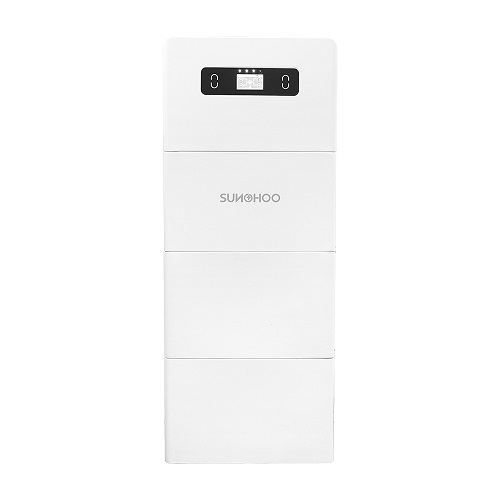As the world increasingly shifts toward renewable energy sources, solar power has emerged as a leading solution in the quest for sustainable electricity. Among the critical components that enable efficient solar power systems is the on-grid solar energy storage inverter—a device that plays a pivotal role in managing energy flows between solar panels, energy storage, and the utility grid.
What Is an On-Grid Solar Energy Storage Inverter?
An on-grid solar energy storage inverter, also known as a hybrid inverter, is a sophisticated device that combines the features of a traditional grid-tied inverter and a battery-based inverter. It manages the conversion of direct current (DC) electricity produced by solar panels into alternating current (AC) electricity for home or commercial use. Simultaneously, it allows for the integration of energy storage systems (like lithium-ion or lead-acid batteries), enabling excess solar energy to be stored and used later.
The key distinction of an on-grid system is that it remains connected to the public electricity grid. This connection allows users to draw electricity from the grid when solar or stored energy is insufficient and feed excess electricity back into the grid, often receiving compensation via net metering.
Key Functions and Features
- DC to AC Conversion: Converts solar-generated DC into usable AC power.
- Battery Management: Charges and discharges the battery system based on energy availability and consumption.
- Grid Interaction: Synchronizes with the utility grid to export excess energy or import electricity as needed.
- Energy Monitoring: Provides real-time data on energy production, usage, and storage through smart interfaces.
- Load Prioritization: Optimizes energy use by prioritizing loads according to user settings or grid conditions.
Benefits of On-Grid Solar Energy Storage Inverters
- Energy Independence: Homeowners and businesses gain greater control over their energy sources and usage, reducing reliance on the grid.
- Cost Savings: Storing energy for peak usage times and leveraging net metering reduces overall electricity costs.
- Backup Power: When paired with a battery, the system can provide power during grid outages.
- Sustainable Living: Supports the broader adoption of renewable energy and reduces carbon footprints.
- Smart Grid Compatibility: Enhances energy flexibility and supports the development of intelligent energy networks.
Technological Innovations
Modern hybrid inverters come equipped with advanced technologies like:
- AI-based energy management: Automatically adjusts power flow based on consumption patterns and weather forecasts.
- Modular designs: Allow for scalable energy solutions as demand grows.
- Enhanced communication protocols: Enable seamless integration with smart home devices and grid infrastructure.
- High efficiency ratings: Exceeding 95%, ensuring minimal energy loss during conversion and storage.
Considerations Before Installation
Before investing in an on-grid solar energy storage inverter, consider the following:
- Local regulations and incentives: Some regions offer tax credits, rebates, or net metering programs that can significantly offset installation costs.
- Energy needs and usage patterns: Understanding your consumption will help determine the size and capacity of the system required.
- Compatibility: Ensure the inverter is compatible with your solar panels, battery storage system, and local grid requirements.
- Professional Installation: Certified installers can ensure safety, code compliance, and optimal performance.
The Future Outlook
As energy systems become more decentralized and consumers demand greater resilience and autonomy, on-grid solar energy storage inverters will become increasingly vital. They not only empower individuals and organizations to generate and manage their own energy but also support national and global goals for a cleaner, more sustainable energy future.
The on-grid solar energy storage inverter stands at the forefront of the renewable energy revolution. By seamlessly integrating solar power generation, storage, and grid connectivity, it paves the way for smarter, more efficient, and environmentally responsible energy use. As technology continues to advance, these systems will play a crucial role in shaping a sustainable energy landscape for generations to come.
































